Moscow District. Pretechensky Rural District. Village of Pretechenka, OCH "Chekir-Suu"
Coordinates: 42.940092, 74.045882
Moscow District. Pretechensky Aiyl District. Village of Predtechenka, OKH "Chekir-Suu"
The greatest anthropogenic impact in the north of the republic has affected the Chui region. Most warehouses are destroyed, and the territorial relocation/placement of previously stored pesticides is unknown. During the inventory, a large number of contaminated areas of former warehouses with unidentified pesticides, contaminated packaging leaking into the soil, possibly into groundwater, were discovered.
Overall, in the Chui region, more than 96 sites were identified from previous inventories, of which the location of 45 sites could not be established (the sites had previously been noted as completely destroyed warehouses, with no odor, no pesticides, and no mentions of soil contamination). These sites may be potentially hazardous, as soil contamination may be significant in some areas.
In the Chui region, more than 51 sites were surveyed, many sites from previous inventories were indicated with incorrect coordinates. The search for such sites was conducted with the involvement of local government leaders and territorial specialists from the State Inspection for Environmental and Technical Safety (after the restructuring of the government - GKEK) and the Department of Agriculture and Land Use of the Kyrgyz Republic. Using old photographs and Google Earth Pro, the locations of old warehouses were established. Most warehouses have a smaller quantity of pesticides compared to past data. Some pesticides were lost during the change of landowners, and some due to atmospheric precipitation (during the destruction of warehouse roofs). Pesticides stored in metal containers could represent a secondary metal usage interest.
During the survey, 21 sites with completely destroyed warehouses were identified, with no odor, no pesticides, and no traces on the soil. The absence of traces on the soil could have been obscured by the application of "clean" soil, and soil contamination cannot be ruled out.
The total volume of pesticides requiring repackaging and storage is more than 130 cubic meters, in addition to a large amount of contaminated dust/soil/construction debris (the exact amount is currently undetermined, presumably more than 100 cubic meters).
Even vacant warehouses have a pronounced chemical odor. Among the relatively preserved warehouses, three points should be noted:
1) In the city of Kant, AO "MIS" (according to the guards, it belongs to A. Zhaparova). The warehouse is in good condition, although there is a strong odor of pesticides. The area is guarded, although the warehouse itself has no locks on the doors. As a result, some pesticides were stolen compared to past inventories. The pesticides themselves are stored in undamaged packaging, allowing the names of the pesticides to be read. The waste passport is missing.
2) The warehouse in the Jany-Jer district, village of Jany-Jer is privately owned. The warehouse itself is unguarded and in poor condition. In previous inventories, the owner of the warehouse was promised that the pesticides would be repackaged and removed. As a result, the owner does not feel responsible for storing hazardous waste and demands to clear his warehouses of pesticides, otherwise he will remove and bury the bags with pesticides.
3) Located in the Pretechensky district, village of Predtechenka, OKH "Chekir-Suu". The owners cleared the warehouses for their own needs and moved 48 bags of pesticides to a new warehouse (WS-35a). During transportation, "two bags were lost." At the old site, there are remnants of packaging, a sharp odor is present, and possible residues in the soil. People live directly through the wall of the former warehouse. Access to the old warehouse is free, and children were playing near the warehouse at the time of the inventory.
To date, despite the abundance of previously conducted projects on the inventory of outdated pesticides, contrary to national legislation:
• There are no laboratory data bases on the composition of waste;
• There are no Waste Passports;
• Regular monitoring of the condition of outdated pesticide waste is not conducted (only within the framework of international projects);
• There is no executive authority responsible for the storage and disposal of waste;
• Insufficient laboratory capacity for conducting analyses on outdated pesticides, including POPs;
• There is no information on the composition of outdated pesticides in the supervisory authorities;
• Additional research is required on the owners of some warehouses/land where points with outdated pesticides are located.
• Training for employees of local government bodies, supervisory and control authorities is necessary;
• It is necessary to tighten responsibility for improper handling of hazardous waste.
Conclusions
In accordance with the Stockholm Convention on POPs (Article 6 (d) (ii)), waste containing POPs must be destroyed. To find environmentally acceptable methods for the disposal of outdated pesticides, an accurate composition of the waste is necessary. To do this, it is essential to address the issue of equipping laboratories, training personnel, and obtaining accreditation in accordance with GOST ISO/IEC 17025-2019.
In addition, it is necessary to continuously monitor the condition of contamination points with outdated pesticides and to repack and place the waste in a temporary storage warehouse that meets the requirements of national legislation. Repackaging, construction of a temporary storage warehouse, and disposal must be accompanied by an Environmental Impact Assessment procedure and obtaining a positive conclusion from the state ecological expertise. For all waste, the owner must present Waste Passports and obtain permits for the storage of hazardous waste.
The process of storage and disposal of hazardous waste must be under the control of environmental supervisory authorities.
To this end, it is necessary to initiate the process of maximum legalization of the data obtained from the inventory.
Previous inventories did not become the basis for creating a monitoring system for the management of outdated pesticides. As a result, a large volume of uncontrolled hazardous waste has become a threat to the environment, life, and health of the population living near the points of placement of outdated pesticides.
Full report on the inventory of outdated pesticides (OP) in the Chui, Talas, Naryn, Issyk-Kul, Jalal-Abad, Osh, and Batken regions
Moscow District. Pretechensky Aiyl District. Village of Predtechenka, OKH "Chekir-Suu"
There are remnants of pesticides, the warehouse is in poor condition, the area is not fenced, there is no guard, and there are other warehouses nearby in better condition. We have transported (see WS-35a) and there is a sharp odor, possible residues in the soil. People live directly through the wall of the former warehouse. The quantities were: Protrazine 360 kg, Simazine 540 kg, Kerb 280 kg, Dichloralurea 375 kg, Phenozan 135 kg, Unknown preparation 1600 kg, empty containers 4 barrels (200L)
The greatest anthropogenic impact in the north of the republic has affected the Chui region. Most warehouses are destroyed, and the territorial relocation/placement of previously stored pesticides is unknown. During the inventory, a large number of contaminated areas of former warehouses with unidentified pesticides, contaminated packaging leaking into the soil, possibly into groundwater, were discovered.
Overall, in the Chui region, more than 96 sites were identified from previous inventories, of which the location of 45 sites could not be established (the sites had previously been noted as completely destroyed warehouses, with no odor, no pesticides, and no mentions of soil contamination). These sites may be potentially hazardous, as soil contamination may be significant in some areas.
In the Chui region, more than 51 sites were surveyed, many sites from previous inventories were indicated with incorrect coordinates. The search for such sites was conducted with the involvement of local government leaders and territorial specialists from the State Inspection for Environmental and Technical Safety (after the restructuring of the government - GKEK) and the Department of Agriculture and Land Use of the Kyrgyz Republic. Using old photographs and Google Earth Pro, the locations of old warehouses were established. Most warehouses have a smaller quantity of pesticides compared to past data. Some pesticides were lost during the change of landowners, and some due to atmospheric precipitation (during the destruction of warehouse roofs). Pesticides stored in metal containers could represent a secondary metal usage interest.
During the survey, 21 sites with completely destroyed warehouses were identified, with no odor, no pesticides, and no traces on the soil. The absence of traces on the soil could have been obscured by the application of "clean" soil, and soil contamination cannot be ruled out.
The total volume of pesticides requiring repackaging and storage is more than 130 cubic meters, in addition to a large amount of contaminated dust/soil/construction debris (the exact amount is currently undetermined, presumably more than 100 cubic meters).
Even vacant warehouses have a pronounced chemical odor. Among the relatively preserved warehouses, three points should be noted:
1) In the city of Kant, AO "MIS" (according to the guards, it belongs to A. Zhaparova). The warehouse is in good condition, although there is a strong odor of pesticides. The area is guarded, although the warehouse itself has no locks on the doors. As a result, some pesticides were stolen compared to past inventories. The pesticides themselves are stored in undamaged packaging, allowing the names of the pesticides to be read. The waste passport is missing.
2) The warehouse in the Jany-Jer district, village of Jany-Jer is privately owned. The warehouse itself is unguarded and in poor condition. In previous inventories, the owner of the warehouse was promised that the pesticides would be repackaged and removed. As a result, the owner does not feel responsible for storing hazardous waste and demands to clear his warehouses of pesticides, otherwise he will remove and bury the bags with pesticides.
3) Located in the Pretechensky district, village of Predtechenka, OKH "Chekir-Suu". The owners cleared the warehouses for their own needs and moved 48 bags of pesticides to a new warehouse (WS-35a). During transportation, "two bags were lost." At the old site, there are remnants of packaging, a sharp odor is present, and possible residues in the soil. People live directly through the wall of the former warehouse. Access to the old warehouse is free, and children were playing near the warehouse at the time of the inventory.
To date, despite the abundance of previously conducted projects on the inventory of outdated pesticides, contrary to national legislation:
• There are no laboratory data bases on the composition of waste;
• There are no Waste Passports;
• Regular monitoring of the condition of outdated pesticide waste is not conducted (only within the framework of international projects);
• There is no executive authority responsible for the storage and disposal of waste;
• Insufficient laboratory capacity for conducting analyses on outdated pesticides, including POPs;
• There is no information on the composition of outdated pesticides in the supervisory authorities;
• Additional research is required on the owners of some warehouses/land where points with outdated pesticides are located.
• Training for employees of local government bodies, supervisory and control authorities is necessary;
• It is necessary to tighten responsibility for improper handling of hazardous waste.
Conclusions
In accordance with the Stockholm Convention on POPs (Article 6 (d) (ii)), waste containing POPs must be destroyed. To find environmentally acceptable methods for the disposal of outdated pesticides, an accurate composition of the waste is necessary. To do this, it is essential to address the issue of equipping laboratories, training personnel, and obtaining accreditation in accordance with GOST ISO/IEC 17025-2019.
In addition, it is necessary to continuously monitor the condition of contamination points with outdated pesticides and to repack and place the waste in a temporary storage warehouse that meets the requirements of national legislation. Repackaging, construction of a temporary storage warehouse, and disposal must be accompanied by an Environmental Impact Assessment procedure and obtaining a positive conclusion from the state ecological expertise. For all waste, the owner must present Waste Passports and obtain permits for the storage of hazardous waste.
The process of storage and disposal of hazardous waste must be under the control of environmental supervisory authorities.
To this end, it is necessary to initiate the process of maximum legalization of the data obtained from the inventory.
Previous inventories did not become the basis for creating a monitoring system for the management of outdated pesticides. As a result, a large volume of uncontrolled hazardous waste has become a threat to the environment, life, and health of the population living near the points of placement of outdated pesticides.
Full report on the inventory of outdated pesticides (OP) in the Chui, Talas, Naryn, Issyk-Kul, Jalal-Abad, Osh, and Batken regions

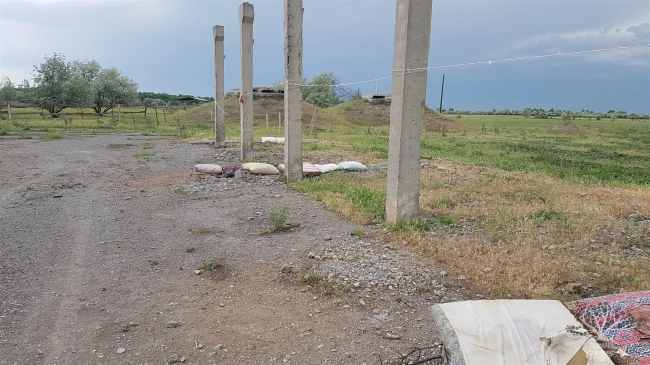

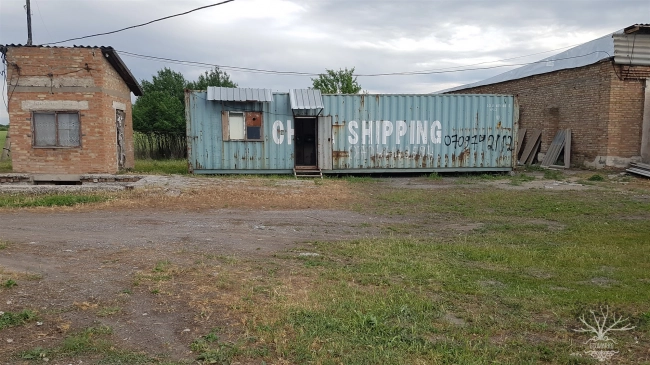
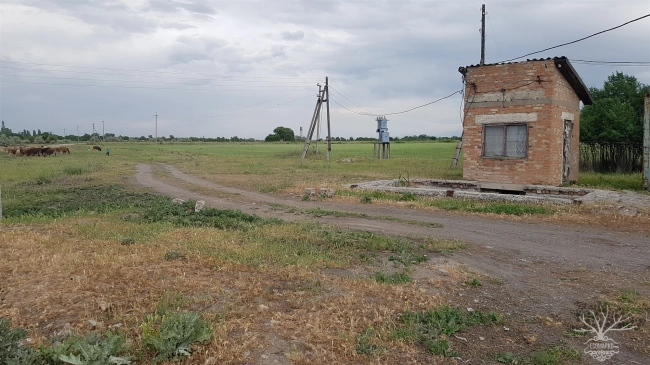
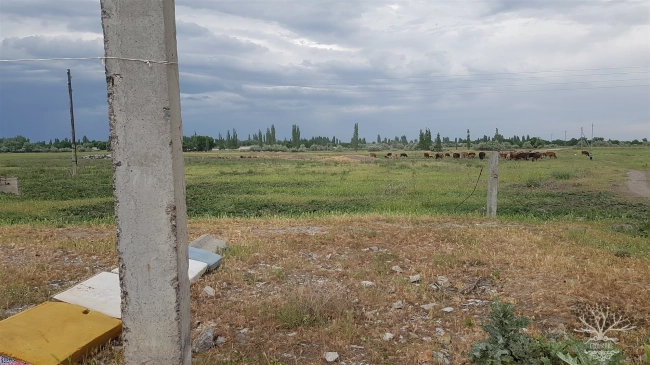
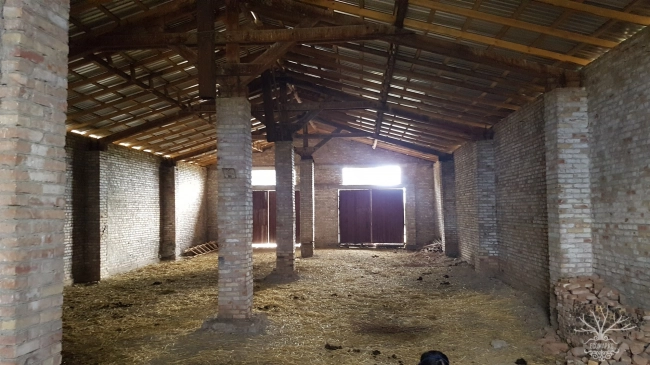
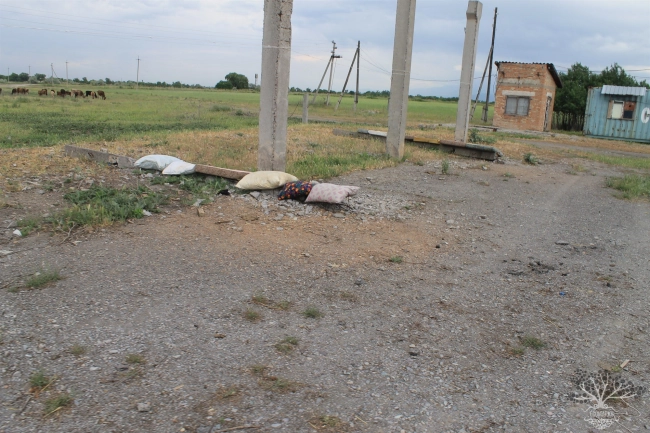
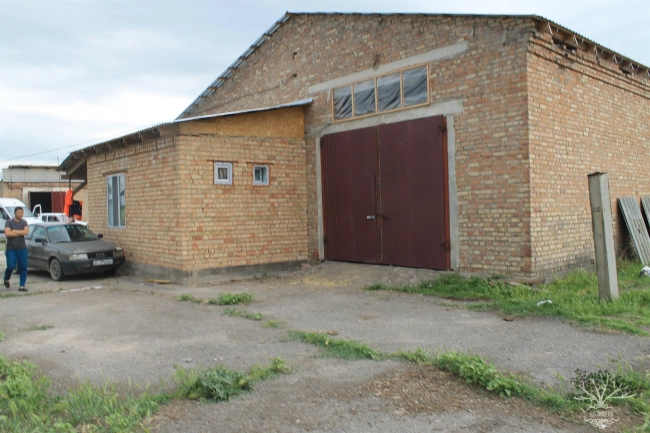
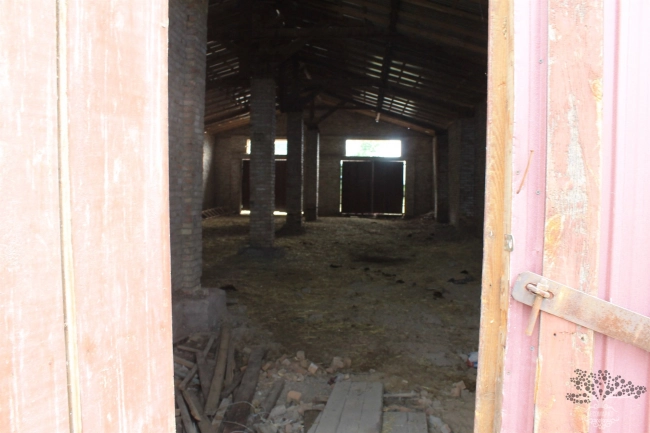

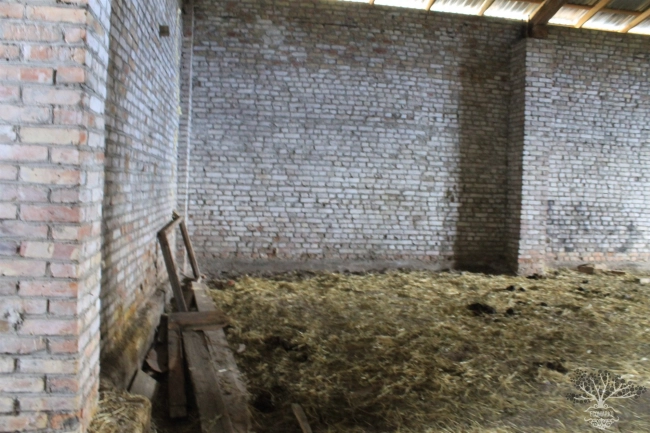
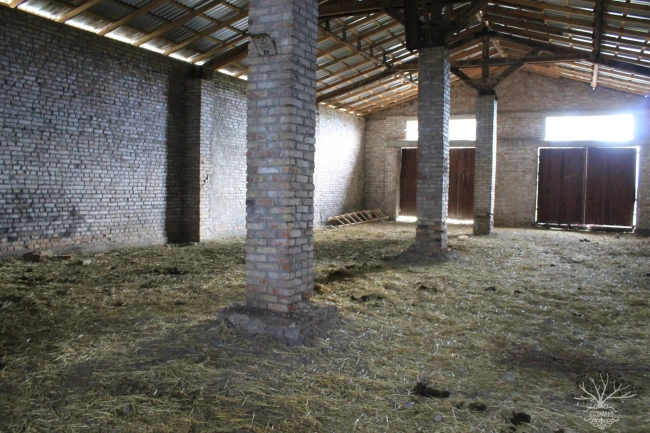


















Attention: Information based on submitted complaints